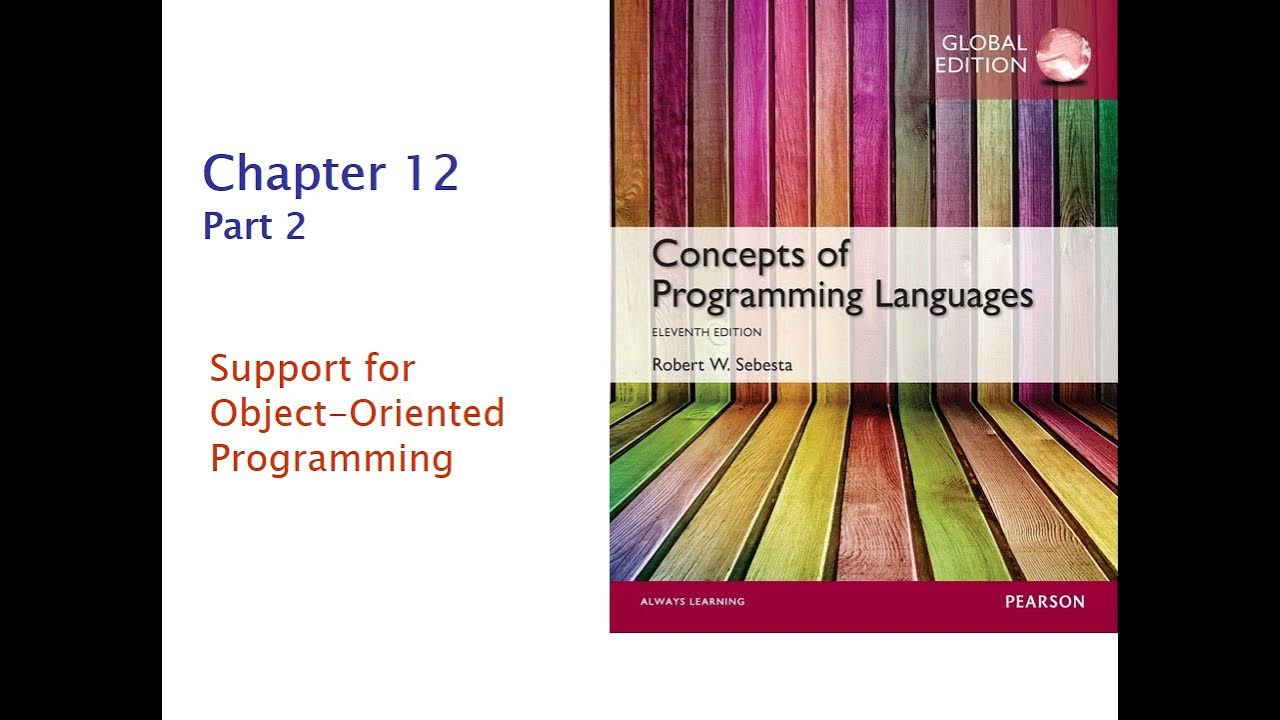Java Polymorphism Fully Explained In 7 Minutes
Summary
TLDRIn this video, John simplifies the concept of polymorphism in Java, a core principle of object-oriented programming. He explains that polymorphism means 'many forms,' allowing classes to perform the same task in different ways. Using examples with an Animal class and its subclasses Dog and Cat, John demonstrates method overriding, where each subclass can customize a method inherited from a parent class. He also touches on method overloading, where methods with the same name but different parameters coexist within a class. Viewers are encouraged to like, subscribe, and explore his full Java course.
Takeaways
- 🔄 Polymorphism in Java means 'many forms', allowing classes to perform the same action in different ways.
- 🐾 A child class inherits methods and fields from its parent class, as shown with the 'Dog' class inheriting from the 'Animal' class.
- 🖊️ Method overriding allows child classes to override parent methods by using the same method signature but changing its implementation.
- 🐶 In the example, the 'Dog' class overrides the 'eat' method, making the dog print 'chomp chomp' instead of the parent's 'munch'.
- 🐱 The 'Cat' class is another example of a child class that can override the 'eat' method, making it print 'nom nom nom'.
- 📚 Polymorphism allows for different behaviors in subclasses while keeping the same method name, demonstrating many forms in action.
- ✍️ Method overloading is another form of polymorphism, where methods have the same name but differ in parameters.
- 🛠️ Method overloading is demonstrated by adding a version of the 'eat' method that takes an integer parameter to repeat the action multiple times.
- ⏩ Method overriding involves a child class changing the inherited method's behavior, while method overloading focuses on using different method signatures within the same class.
- 👍 The video emphasizes the simplicity of polymorphism and method overloading, encouraging viewers to understand these concepts as core principles in Java.
Q & A
What is polymorphism in object-oriented programming?
-Polymorphism is a core concept in object-oriented programming that allows classes to have methods that do the same thing but in different ways. It enables objects to take on many forms, meaning different classes can define and use the same method in various ways.
How does polymorphism manifest in Java?
-In Java, polymorphism manifests when a method in a subclass overrides or overloads a method in its superclass. This means that subclasses can provide their own specific implementation of a method defined in their parent class.
What is method overriding?
-Method overriding occurs when a subclass provides a specific implementation of a method that is already defined in its superclass. This allows the subclass to change the behavior of the method for its own purposes.
Can you give an example of method overriding?
-In the script, the 'eat' method in the 'Dog' class overrides the 'eat' method in the 'Animal' class. The 'Dog' class changes the implementation to print 'chomp chomp' instead of the default 'munch' that is printed by the 'Animal' class.
What is method overloading?
-Method overloading is when a class has multiple methods with the same name but different parameter lists. It allows the same method name to perform different tasks depending on the parameters passed to it.
How does the 'Dog' class demonstrate polymorphism in the script?
-The 'Dog' class demonstrates polymorphism by overriding the 'eat' method from the 'Animal' class. The 'Dog' class changes the behavior to suit its specific requirements, showing that it can perform the same action as 'Animal' but in a unique way.
What does the term 'poly' and 'morphism' mean?
-The term 'poly' means 'many,' and 'morphism' means 'forms.' Combined, polymorphism refers to 'many forms,' indicating the ability of a function or method to operate in various forms.
How can method overloading be implemented in Java?
-Method overloading is implemented by defining multiple versions of the same method with different parameter lists. For example, an 'eat' method can be overloaded by having one version that takes no parameters and another that takes an integer parameter to control how many times the method's action occurs.
What is the benefit of polymorphism?
-Polymorphism provides flexibility and reusability in code by allowing subclasses to define their unique behaviors while sharing the same method names. This makes it easier to manage and extend code, as new classes can override or overload methods without modifying the existing codebase.
What is the difference between method overriding and method overloading?
-Method overriding allows a subclass to change the behavior of a method inherited from a superclass by redefining it with the same signature. Method overloading, however, allows multiple methods with the same name but different parameters within the same class, providing different ways to perform similar tasks.
Outlines

Cette section est réservée aux utilisateurs payants. Améliorez votre compte pour accéder à cette section.
Améliorer maintenantMindmap

Cette section est réservée aux utilisateurs payants. Améliorez votre compte pour accéder à cette section.
Améliorer maintenantKeywords

Cette section est réservée aux utilisateurs payants. Améliorez votre compte pour accéder à cette section.
Améliorer maintenantHighlights

Cette section est réservée aux utilisateurs payants. Améliorez votre compte pour accéder à cette section.
Améliorer maintenantTranscripts

Cette section est réservée aux utilisateurs payants. Améliorez votre compte pour accéder à cette section.
Améliorer maintenantVoir Plus de Vidéos Connexes

Fundamental Concepts of Object Oriented Programming

90 - Orientação Objetos - Polimorfismo pt 01 - Introdução

What Is Java? | Java In 5 Minutes | Java Programming | Java Tutorial For Beginners | Simplilearn

COS 333: Chapter 12, Part 2

Dasar PBO Python #6 - Konsep Class Polymorphism

Overview of Object-oriented programming in C# | C# object-oriented programming | C# oops
5.0 / 5 (0 votes)
